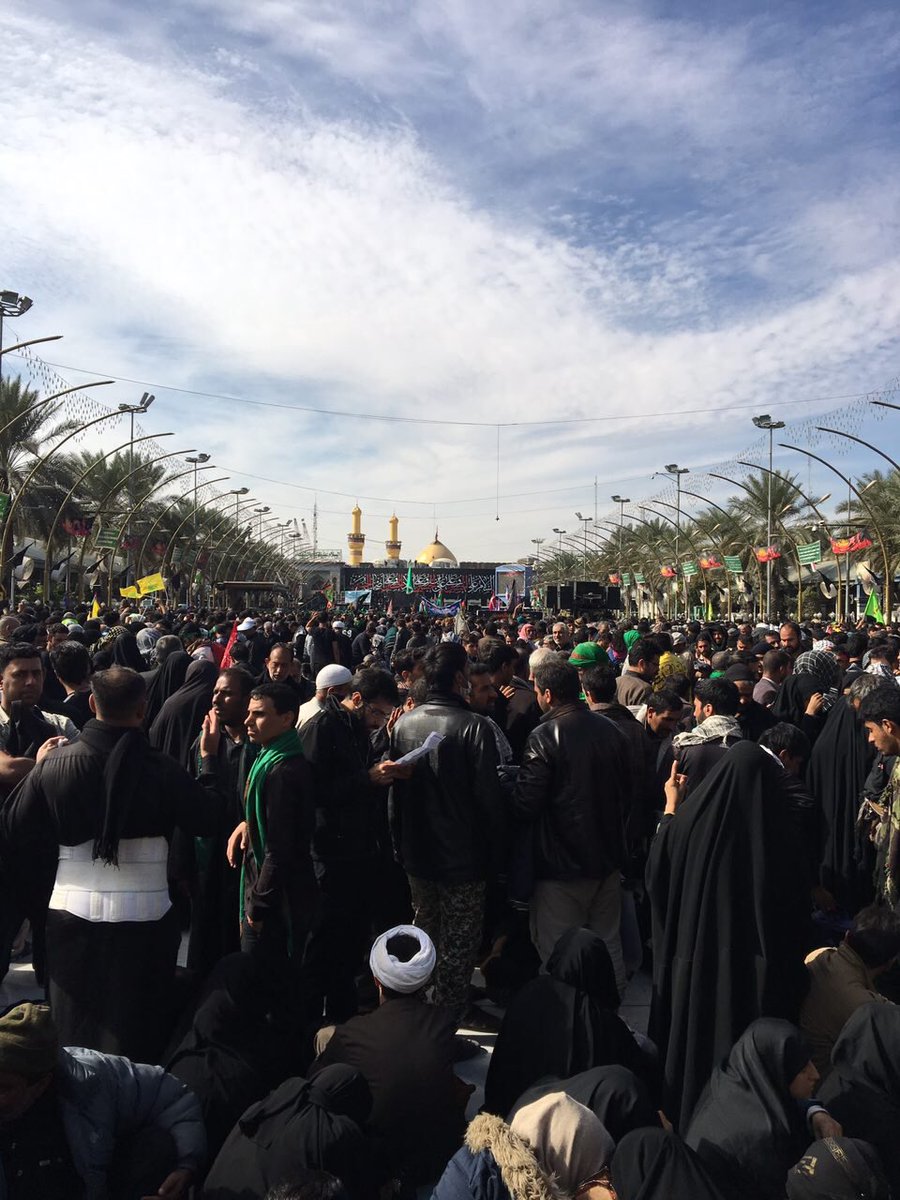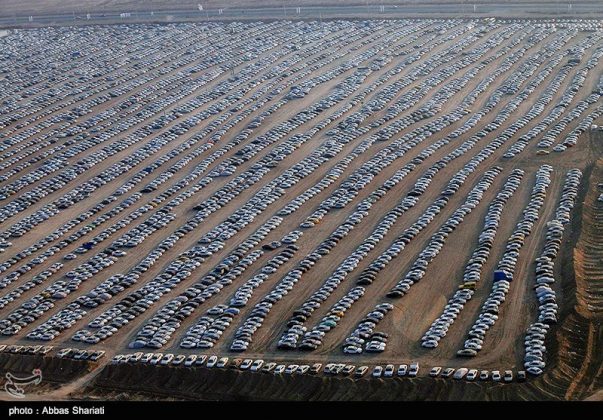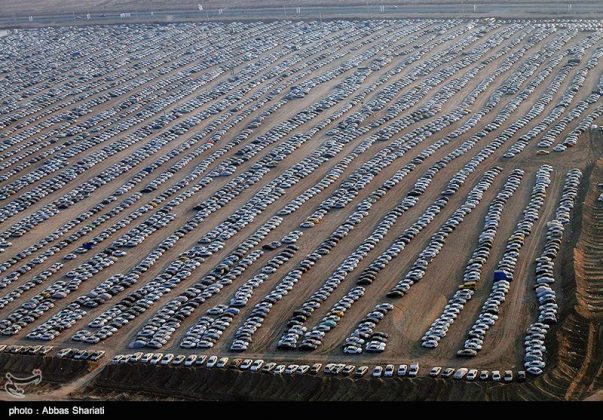The largest religious gatherings in the world, Arbaeen, come 40 days after Ashura, the martyrdom anniversary of the third Shia Imam, Imam Hussein (PBUH).
The processions of faithfuls walking to Imam Hussein�s mausoleum from all over Iraq have been routinely targeted by bombings over the years, but hopefully this time the Arbaeen commemoration saw very few attacks and the religious procession, once again been performed in Iraq in a secure and peaceful atmosphere.
Despite some speculation on probable lower numbers of pilgrims attending this year's Arbaeen rituals, mainly as a result of threats by the Takfiri terrorists vowing to make disruptions, the congregation of Muslims happened to be even bigger than last year's ritual and everybody was free to mourn the martyrdom of the third Shia Imam (PBUH) in a peaceful and secure environment.
According to the Iraqi sources, over 22 million Muslims from around the world converged on the city to pay tribute to Imam Hussein (PBUH). Some 15.5 million pilgrims were Iraqis, while 5.5 million others had travelled to Karbala from outside the country.
[caption id="attachment_240464" align="aligncenter" width="540"]
 Huge crowds of Shia Muslim pilgrims gather outside the Imam Hussein shrine in the holy city of Karbala at Arbaeen noon2016. Photo by Mohammad Khoshroo[/caption]
Huge crowds of Shia Muslim pilgrims gather outside the Imam Hussein shrine in the holy city of Karbala at Arbaeen noon2016. Photo by Mohammad Khoshroo[/caption]Iranians accounted for 60 percent of the foreign pilgrims, followed by travelers from Bahrain, Lebanon, Saudi Arabia, Kuwait, Pakistan and Qatar.
Foreign Media Blackout on Arbaeen Epic
This is while a large number of the foreign media closed their eyes to the epic being created by millions of pilgrims from more than 70 different nationalities and divine religions including Shias, Sunnis and Christians.
Given the mainstream media�s constant sensationalized reporting on terror and Muslims in the Western world, the utter lack of coverage of Arbaeen�s march revealed the double standard that exists in reporting on peaceful Muslims.
It is worth mentioning that the majority media blackout of the millions people marched gathering in war-torn Iraq, battling Daesh terrorists, as a clear sign of biased reporting.
Foreign Media Confessions
Among the Western mass media, Washington Post has admitted that millions of Shia Muslims traveled from across the Muslim world to walk in procession to the shrine of Imam Hussein in Karbala, Iraq, for the world�s largest, yet largely unknown, annual pilgrimage.
Meanwhile the Euronews also confess this glamorous human gathering, underscoring that:� Millions of Shiite Muslim pilgrims from across Iraq, Iran and neighboring countries have streamed into Iraq�s holy city of Kerbala over the past week to mark Arbaeen.�
"Despite the serious threat of terrorism that prevails in Iraq at the moment, pilgrims are still flocking in their millions to visit Imam Hussein (PBUH) and nothing will keep them away," said Siddika Gulamhusein, a spokesperson for the al-Khoei Foundation.
[caption id="attachment_240463" align="aligncenter" width="528"]
 Iranians parked their cars in Mehran border crossing to march towards Karbala for Arbaeen ritual.[/caption]
Iranians parked their cars in Mehran border crossing to march towards Karbala for Arbaeen ritual.[/caption]There have been speculations this year that more pilgrims will attend Arbaeen in 2016 as a result of Iran's boycott of the pilgrimage to Hajj in September.
According to AFP, Millions of Shia Muslim pilgrims beating their chests in mourning thronged the Iraqi city of Karbala under the protection of thousands of members of the security forces. Many in the sea of black-clad devotees swarming the shrine walked days to reach Karbala, sometimes from cities as far afield as Basra, about 500 kilometres (300 miles) away by road.
Meanwhile, Ibtimes.co.uk also reported that millions of pilgrims are gathering in Iraq's holy city of Karbala to mark Arbaeen, commemorating the end of a 40-day mourning period after the killing of Imam Hussein, the Prophet Muhammad's grandson, during a battle in 680 AD.
Boosting Security in Iraq
The Arbaeen pilgrimage is one of the world's largest religious events and is seen as a major potential target for suicide bombers from the Daesh terrorist group.�
Without doubt, the Arbaeen gathering in Karbala is the biggest peaceful annual assembly of people in human history and indicating the unity of Shia and Sunni Muslims.
The occasion also has found additional significance in recent years as it has become a rallying cry for the campaign against Daesh terrorists who have frequently targeted the pilgrims.
The great movement which was initiated by the Iranian nation towards the mausoleum of Imam Hussein (PBUH) is considered as true asset for sustaining cultural life of the Iranian society.











